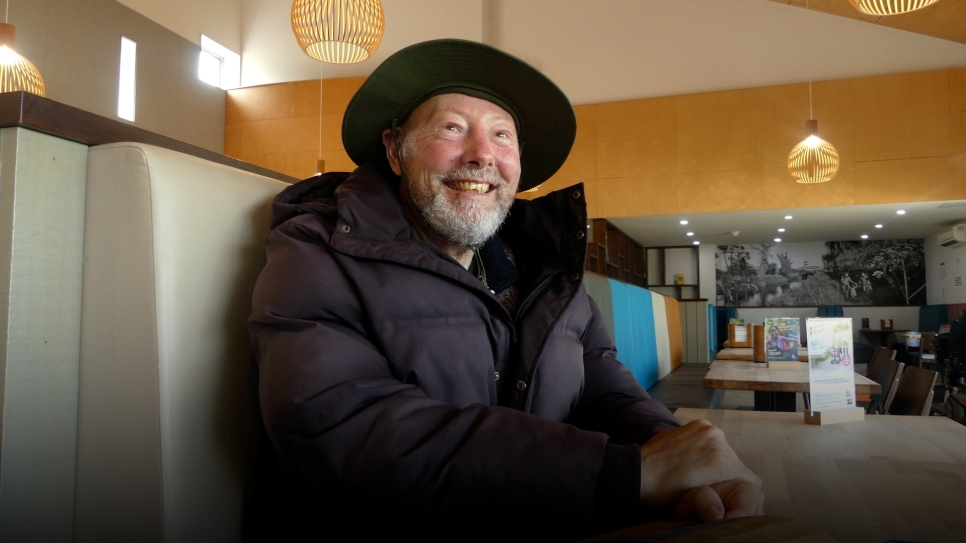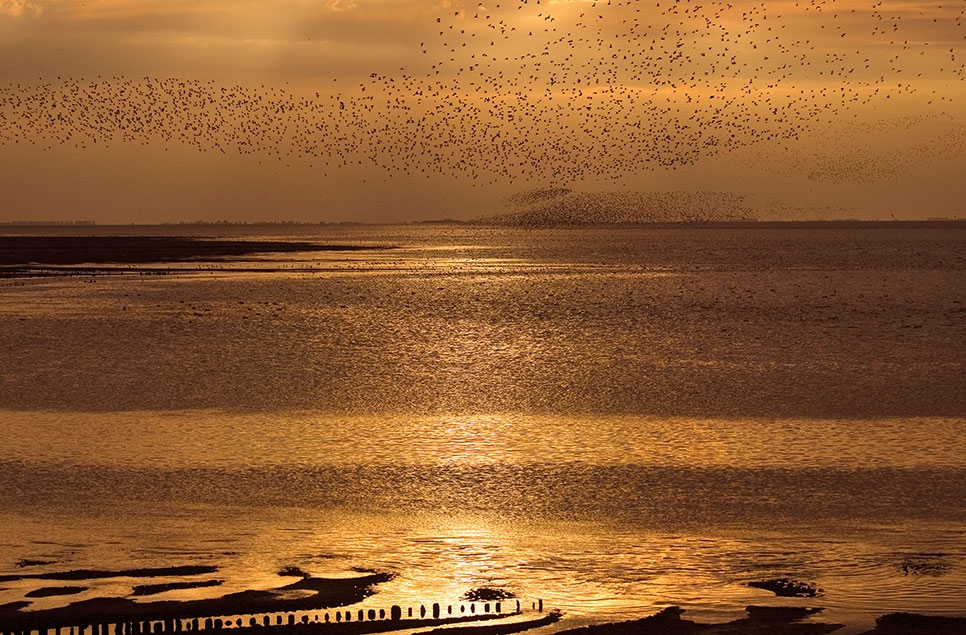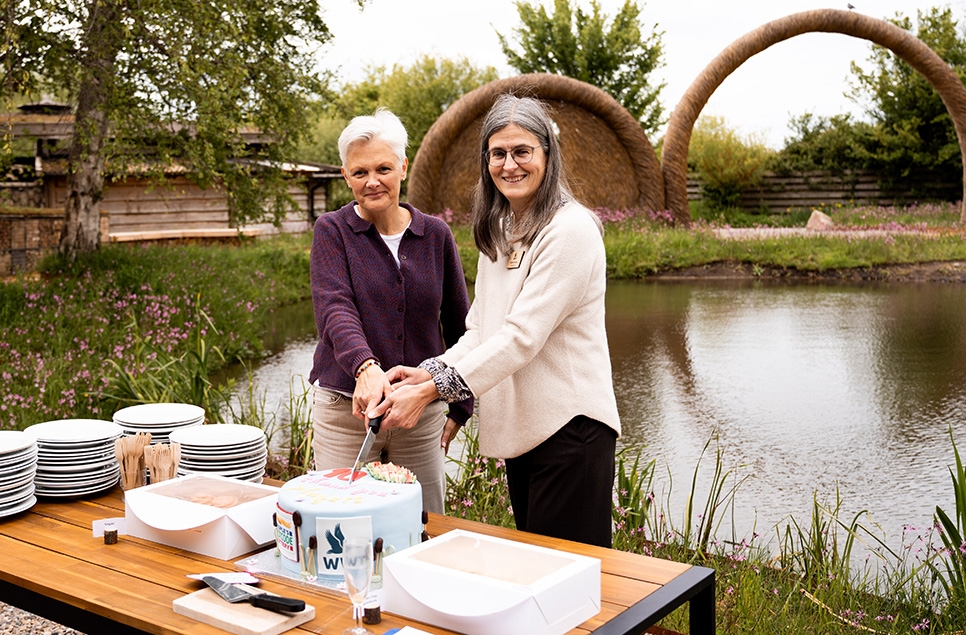Meet the UK's newest birdwatching hide - it's got 16 sides!

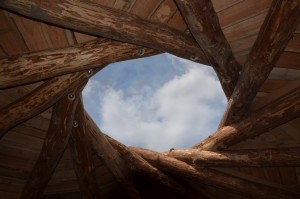
Britain’s newest birdwatching hide is a 16-sided wooden gazebo with “surround sight” lagoon views, a close-up kingfisher pool, and a wildlife-friendly roof at the Wildfowl & Wetlands Trust’s (WWT) Washington Wetland Centre.
The hide’s roof is built with interlocking beams in a circle so that, with no need for pillars, there is more room for visiting groups and families to move about, and for turning circles for pushchairs and wheelchairs.
The roof is covered in plants which will attract insects and birds. It also acts as a sound insulator so that people can talk behind panoramic windows without disturbing the birds.
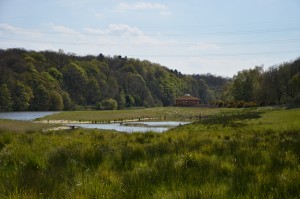
The hide looks across the River Wear, a lagoon and a reedbed as well as the newly created kingfisher pool. At high tides the lagoon fills with saltwater from the river to form a regionally rare saltmarsh habitat.
The lagoon is visited by wild otters, seals, roe deer, breeding oystercatchers, grey herons and much more - including avocets who used to depart quite quickly after breeding, but since the lagoon was completed in 2013 they now linger in the area.
Now that state-of-the-art birdwatching facilities are in place too, people can enjoy getting close to these wild animals. The new hide includes access to ID books and binoculars, and an environmentally friendly composting toilet is nearby. All the building materials are as environmentally-friendly as possible. For example the hide’s foundation is made out of the soil dug out to create the kingfisher pool.
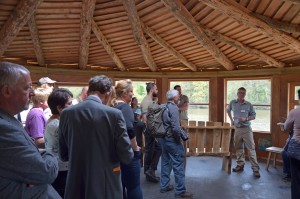 To get to the lagoon hide, it’s a short walk from the WWT Washington Wetland Centre visitor centre and cafe. In the grounds you can hand feed a collection of the world’s wildfowl, including species the WWT is working to protect in the wild, like the red-breasted goose whose numbers have halved in recent years. Also among the collection are three new baby Asian short-clawed otters, and a lagoon of breeding Chilean flamingos. Then it’s a walk through a forest area to the new hide, so that wildlife can’t see you approaching.
To get to the lagoon hide, it’s a short walk from the WWT Washington Wetland Centre visitor centre and cafe. In the grounds you can hand feed a collection of the world’s wildfowl, including species the WWT is working to protect in the wild, like the red-breasted goose whose numbers have halved in recent years. Also among the collection are three new baby Asian short-clawed otters, and a lagoon of breeding Chilean flamingos. Then it’s a walk through a forest area to the new hide, so that wildlife can’t see you approaching.
WWT Head of Campaigns Peter Morris said:
“New birdwatching hides have come a long way in recent years. The old dark, draughty sheds still have their place. But we want to create beautiful, welcoming places that both wildlife and people will want to spend time at. This brand new hide is quite simply a really pleasant place to relax the day away and connect with nature.”
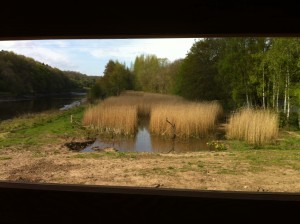
WWT Washington centre manager Gill Pipes said:
“We can’t wait for visitors to come and experience firsthand the sights and sounds in and around the hide. It really is spectacular!”
“It was important to us that the hide sat well within our natural environment, providing a comfortable and welcoming space for all visitors to our site - offering new areas for families to explore as well as a ‘green classroom’ for more than 6,000 school children a year.
“We’re very excited that the hide is now open and are hugely grateful to HLF and all of our funders, as well as the contractors and WWT staff that have made this project come to life.
The hide will play a key part in WWT Washington’s summer ‘Nature Explorer’ activities, and will benefit from an explainer funded by the project who will work alongside visitors to engage and educate them about the wildlife they can see, as well as an art project based around the hide.
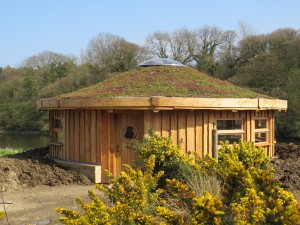
Ivor Crowther, Head of Heritage Lottery Fund North East who contributed £65,800 to help build the hide, said:
“We’re delighted to see the completion of the Saline Lagoon Hide which will provide the perfect nature spot for thousands of visitors to relax in and enjoy every year.
“Wetlands are vital in providing appropriate habitats for a diverse range of species and it’s really important that we continue to fund projects like this that will engage local communities and provide people with new skills and training opportunities.”
